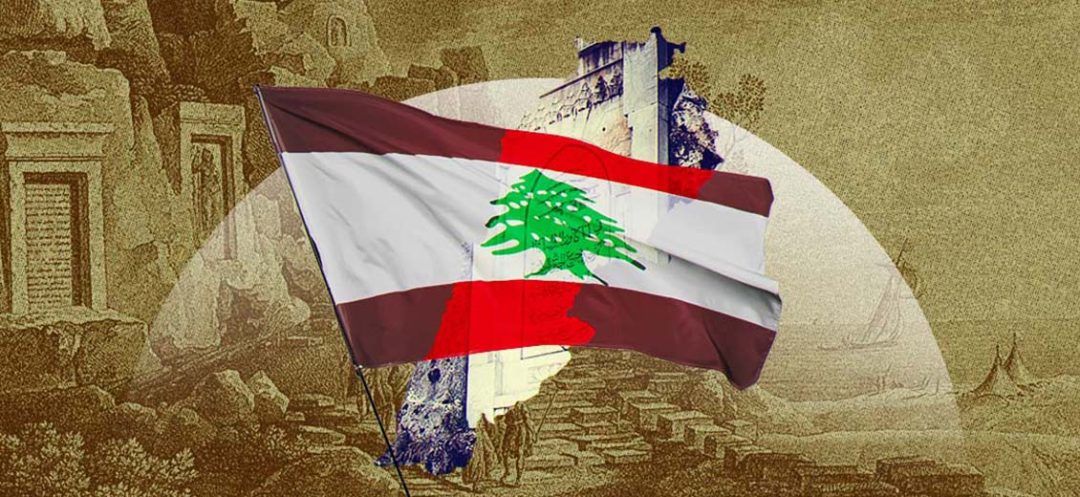
This article should be read by anyone who believes they can take control of Lebanon.
A few months ago, I was talking to my friend Frédéric Domont, who has sadly recently passed away. I shared my recent experience in Lebanon, having always lived in France, and the challenges of dealing with Lebanese people on a daily basis. This great expert on Lebanon told me, “They will wear you down, my friend.” Seeing my puzzled look, he added, “Never forget the stelae of Nahr al-Kalb.”
So I went back. And I understood. Twenty-two stelae chronicling 4,000 years of history and conquests. They all came, saw and then… they left.
Nebuchadnezzar left his stelae and packed up. The first of a long list. Ramses II, the great conqueror, also eventually packed up and returned to be worshiped in Egypt. After his victory at Kadesh, he thought he had it all figured out. Even the Roman Emperor Caracalla, though as mad as they come, couldn't hold the ground. Alexander the Great, after wrestling through the siege of Tyre, hurried off to find his glory elsewhere. Then came the Arabs, the Crusaders, the Ottomans, Napoleon III and eventually, the French mandate. All these great rulers and empires eventually left, leaving behind traces of their presence in the rocks of Nahr al-Kalb. And Fred concluded, "Even Assad’s Syrian army, not known for backing down, left with its tail between its legs.” Quite the accomplishment!
The Lebanese have not changed since ancient times: easily conquered due to their ancestral divisions and the country's strategic position. Yet, they are so resilient that they eventually wear down even the strongest. Consider yourselves warned! At that point, Nebuchadnezzar’s descendants were in the game. They had been trying to set foot on the Mediterranean shores since the Greco-Persian wars, when the Greeks were the “Westerners” of the time, and settle there. But they never managed to do so permanently.
In recent decades, Palestinians, Israelis and others have imposed their rule, albeit briefly. Nothing is ever stable or permanent in this tiny country, where people first settled and began farming. It is also where the alphabet was created, turning communication into a system of abstract symbols rather than pictures. The rich purple, harmonizing with the blue of the sea and the green of the mountains, gave rise to a color that once adorned Roman emperors and their togas and now graces cardinals.
The Phoenicians, clever and evermore astute traders, built sturdy cedar boats that they sold to powerful armies. In the process, they stripped the Lebanese mountains bare, marking the beginning of an ongoing period of environmental destruction in one of the world's most stunning regions. Legend has it that an architect from Tyre designed the famous Temple of Solomon.
In some ways, the Lebanese bring to mind a small Gallic village that holds its ground – a nod to Asterix, the comic series about a village of invincible Gaulish warriors who, with the help of a magic potion, embark on adventures and defy the Roman Republic during Julius Caesar's era.… But here, the magic potion is the exhilaration of a deep, visceral attachment to a country that constantly rises from its ashes.
In 2024, nothing has changed. Within Lebanon, endless disputes and a perpetual precarious situation persist, while overseas, other nations' appetites remain as keen as ever. However, before embarking on grand projects, everyone should visit the stelae of Nahr al-Kalb, which bear witness to past failures, to avoid falling prey to the millennial syndrome.
Fred, my friend, you were absolutely right.
Read more





Comments